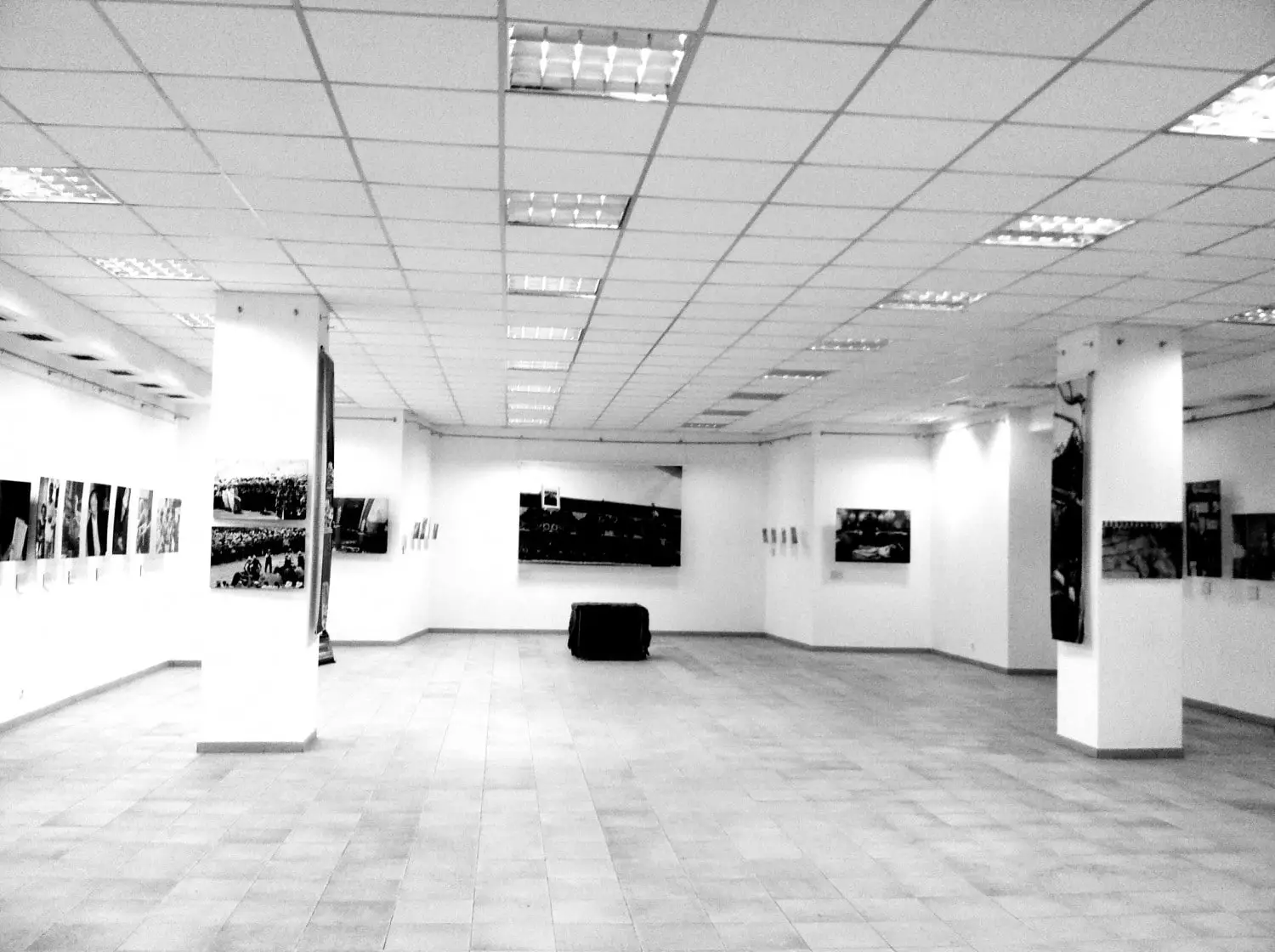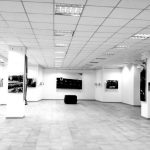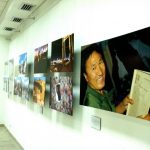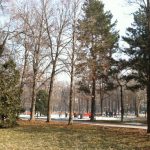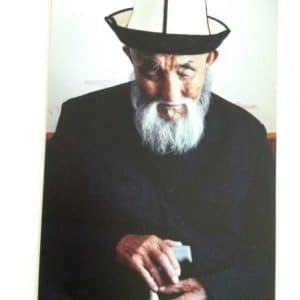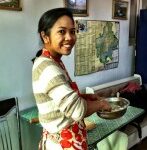Песнь о земле. Китай. / Song of the Earth. China.
С 4 фебрвля до 14 фебрвля Зал Союза художников КР им. С. Чуйкова “Добрый Парк”
http://confederation-art.ru
Cost: Free
Hours of operation: Tuesday-Saturday: 10am-4pm, Monday: Closed
For those interested in a Kyrgyz-Chinese narrative that does not include the geo-political centric words, “China’s economic expansion,” “China’s competition with Russia in Central Asia,” and — my personal favorite –“New Great Game,” the photo exhibit in Bishkek, “Song of the Earth” is a must-see. Organized under the creative genius of Kyrgyz photographer Jamby Djusubalieva, the exhibit pays tribute to one Kyrgyz woman’s experience in China that is personal, heartfelt, and, frankly, more interesting than anything I have read lately from international relations policy wonks.
This exhibit on China is the first part of a larger project called “Song of the Earth,” inspired by Gustav Mahler’s song cycle of the same name. It takes place in the Semyon Tchuikov Gallery at Dubovyi Park (Oak Park) of the Union of Artists of Kyrgyzstan, located behind the American University of Central Asia. The project will soon feature Djusubalieva’s travels to India, Russia, the United States, and France. Djusubalieva insists her focus on China first has no political motivations, but is a culmination of a series of trips to the country for research, as a professor of philosophy and art history at the American University of Central Asia.
I have to admit, when I made my first round of the exhibit, I was a little confused. The zealous student in me wanted a clear “takeaway” of the status of the Kyrgyz diaspora in China — about their living conditions, mood, and attitude towards the Chinese government. But, aside from some depressing photos of the living conditions of some Kyrgyz in China, the photos spanned a range of themes that seemed to have nothing to do with each other. There were photos of Chinese scholars, of a Chinese restaurant, a Kyrgyz yurt, some Chinese landscapes, some Kyrgyz men playing a traditional game. What did it all mean? And what did they have to do with each other?
But then I made a second round of the exhibit, and I got it. I realized that Djusumbalieva is not interested in providing viewers with a clear “takeaway,” but rather, in sharing a part of herself, as a Kyrgyz woman, in a foreign country, and how she reacted to her surroundings. This exhibit is a photo diary, a “travelogue,” of her experiences with people in China, some Kyrgyz, some not. Of course, as an ethnic Kyrgyz woman, most of her photos are of the Kyrgyz experience — and how could they not be? — but seems to me the most interesting part of the exhibit is that it reveals more about the Kyrgyz eyes behind the camera than the Kyrgyz “others” in the photos.

Djusumbalieva is proud of her country, Kyrgyzstan. Also, her deep understanding of her country’s hardships, histories, language, and mentality gives her unique access to her subjects in a way that — I believe — a foreigner could not. I made this realization not only after talking to her at the exhibit (I met her unexpectedly when she stopped by the exhibit and then proceeded to greet me with a very warm and welcoming “Zdratsvyutse!”), but just by reading her photo descriptions, which are written in an intensely personal, stream-of-consciousness style, almost as if done in the moment, on the road.
Every photo reveals a part of Djusumbalieva. In “Memory of Yenisei,” Djusumbalieva describes meeting an old Yeniseian Kyrgyz woman who talks about the Kyrgyz songs she learned from her grandmother. Here is Djusumbalieva’s reaction: “I look at her radiant, attractive face, and it is revealing; it a long familiar face, noble, and sprinkled with wrinkles, which give her a special beauty; every wrinkle is like centuries of separation from the motherland; Yenisei is like a metaphor of the difficult history of the Kyrgyz.”
In a photo of Chinese director/producer, Ly Yi, Djusumbalieva reveals her nationalistic pride. After listing the achievements of this obviously prestigious member of the Chinese creative elite (his film was featured in the Cannes festival and he has his own studio), she ends the blurb with the fact that he is wearing the kalpak, the traditional Kyrgyz hat. And, looking at this man’s expression and body language, which is pretty much saying, I am totally rocking this hat!, I know that this is, indeed, a great thing, and I can’t help but smile back. This is actually one of my favorite photos.
In short, Jamby Djusumbalieva’s exhibit is a wonderful look into a Kyrgyz woman’s soul against the visuallydramatic backdrop of China. I look forward to the continuation of the “Song of the Earth” series.


